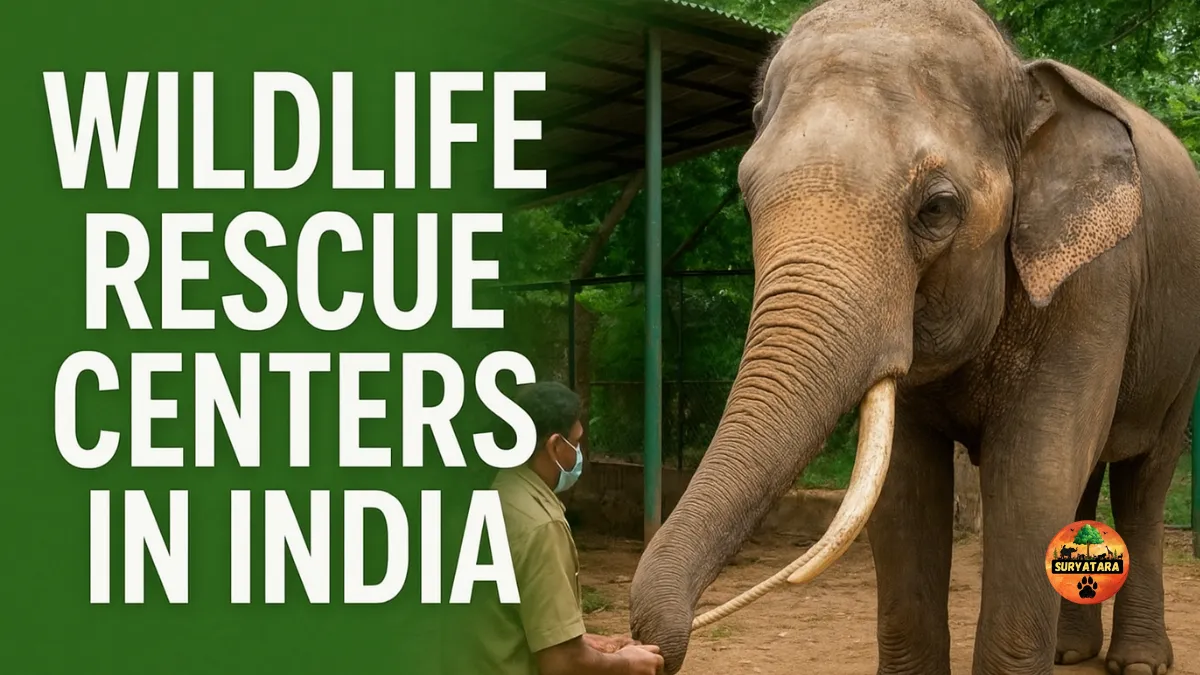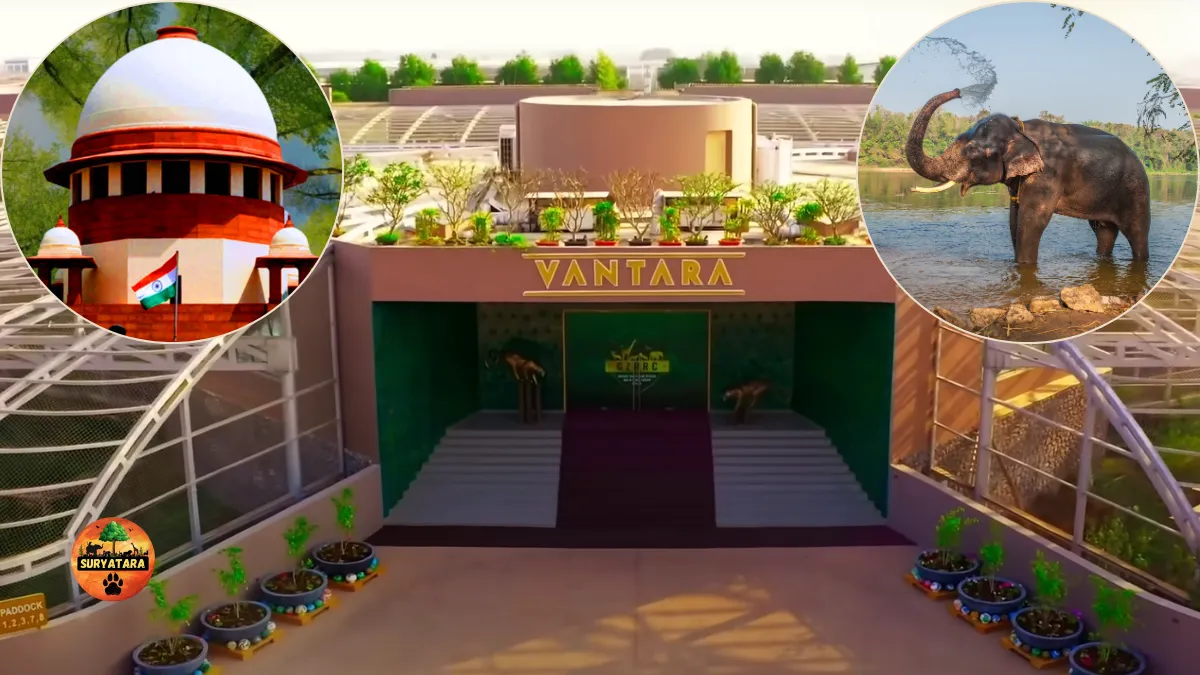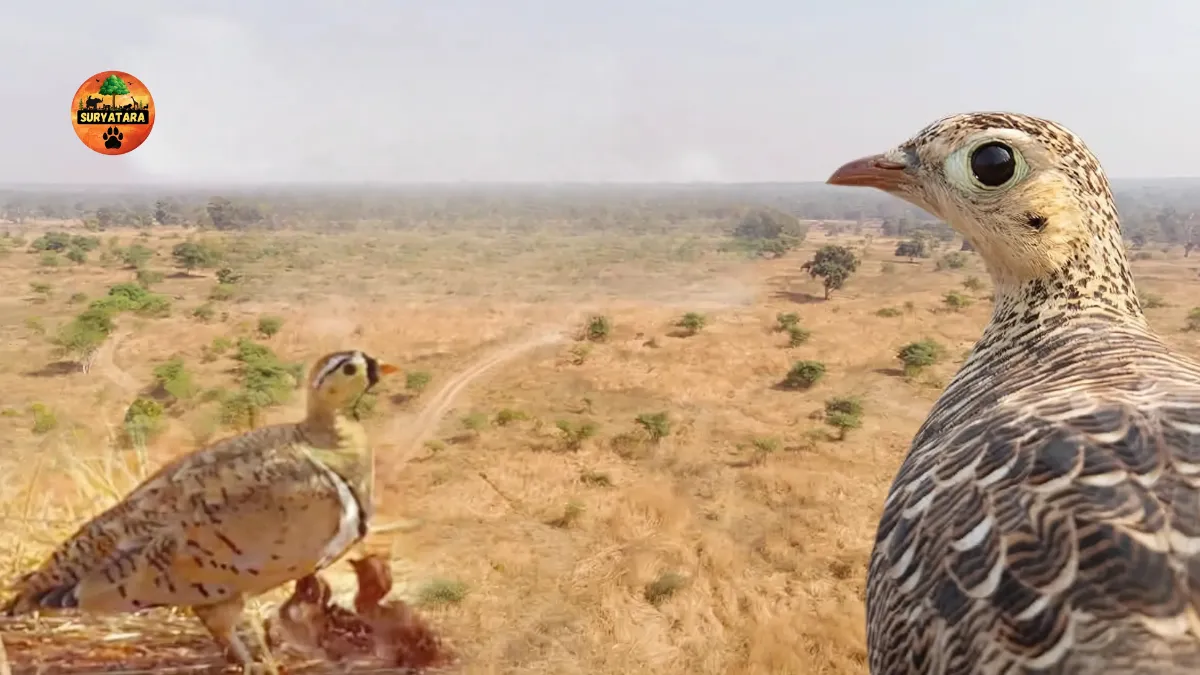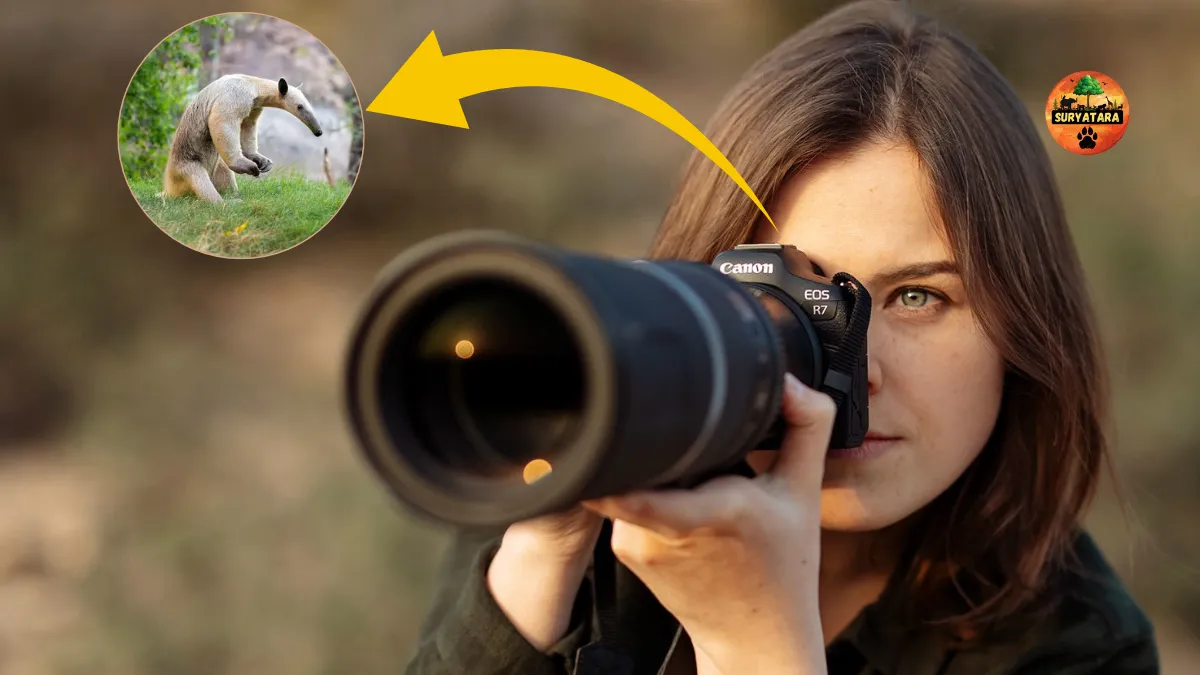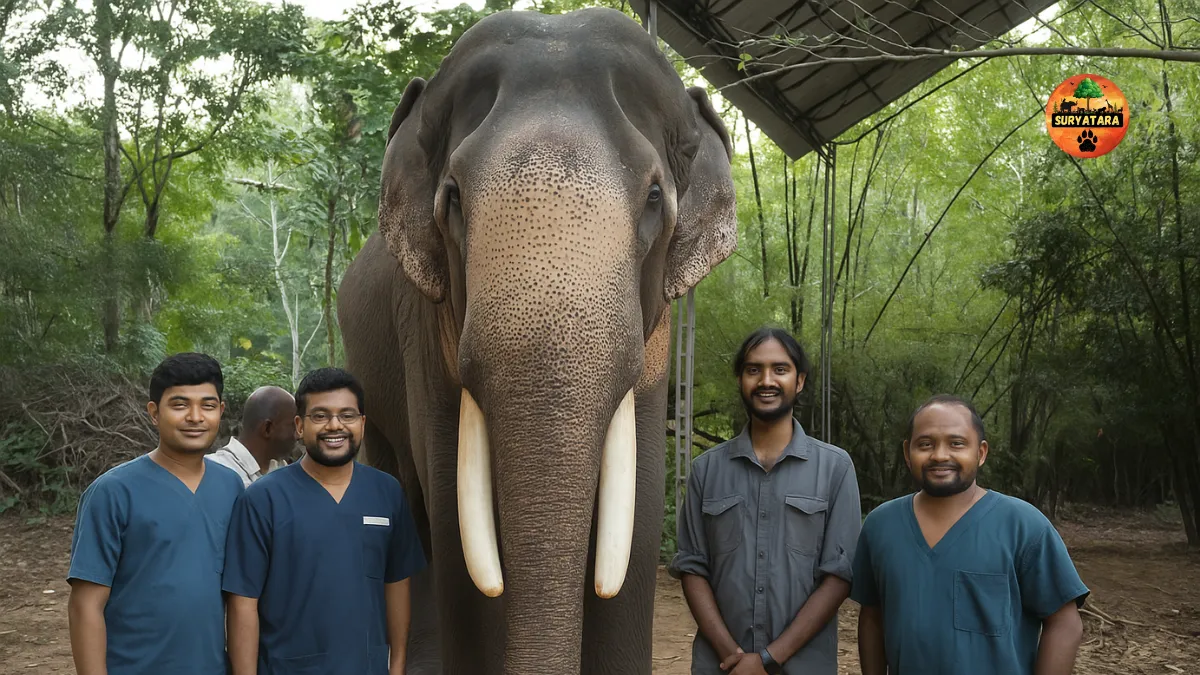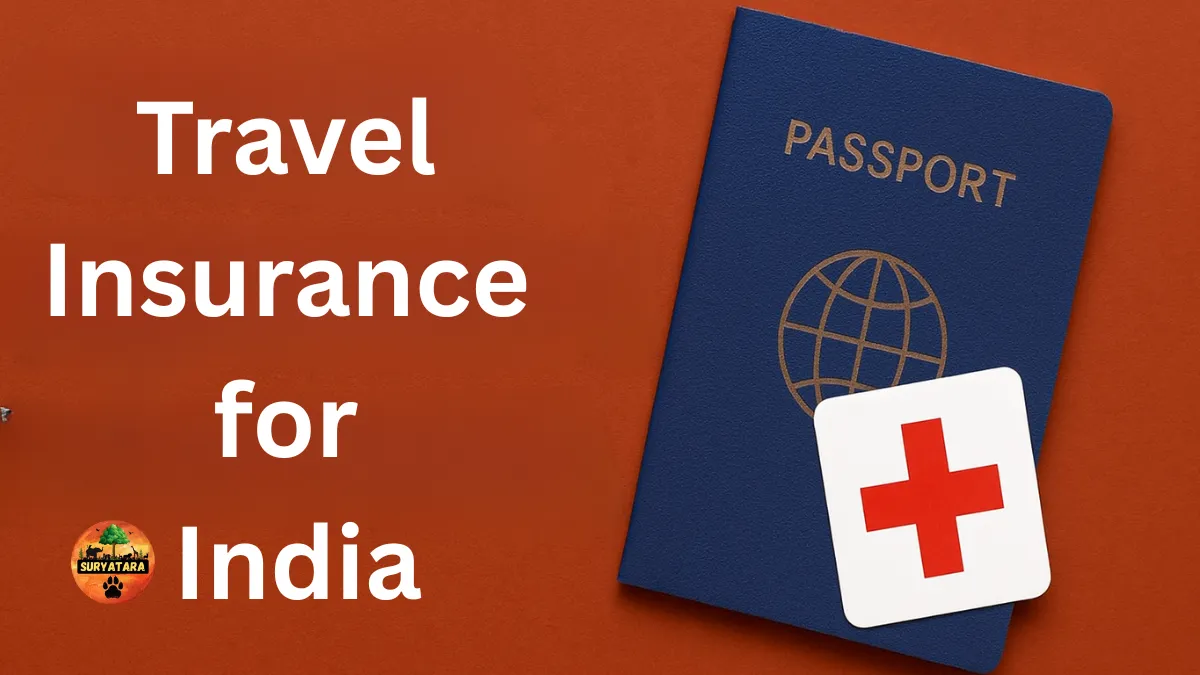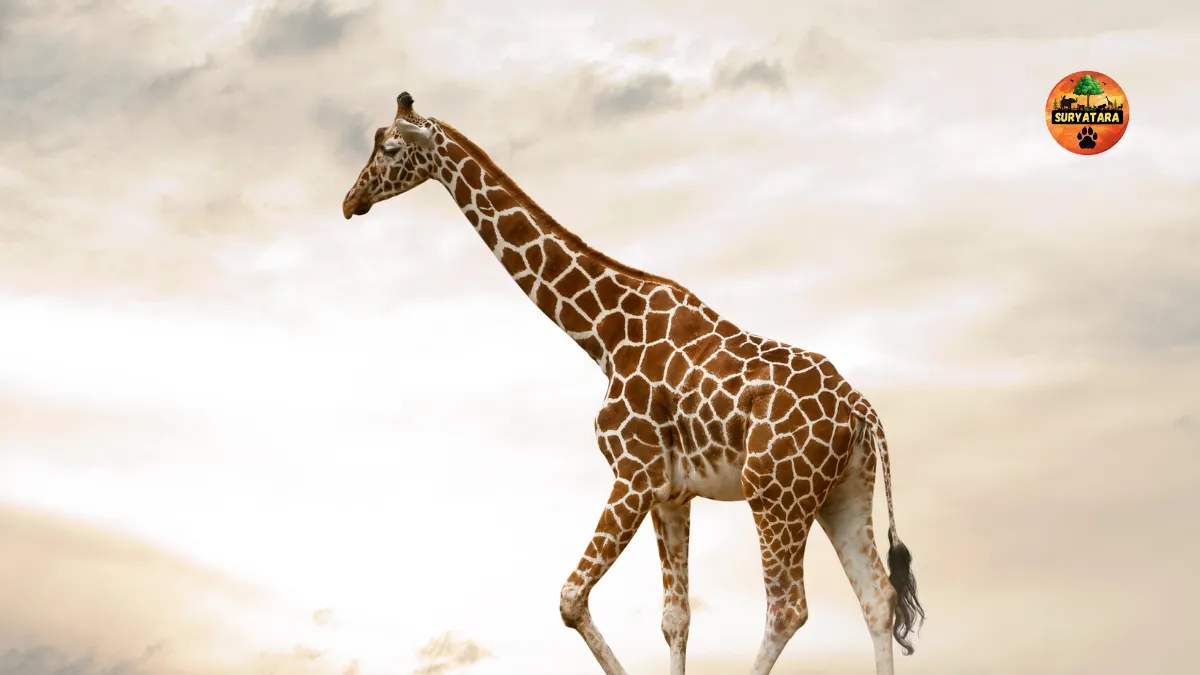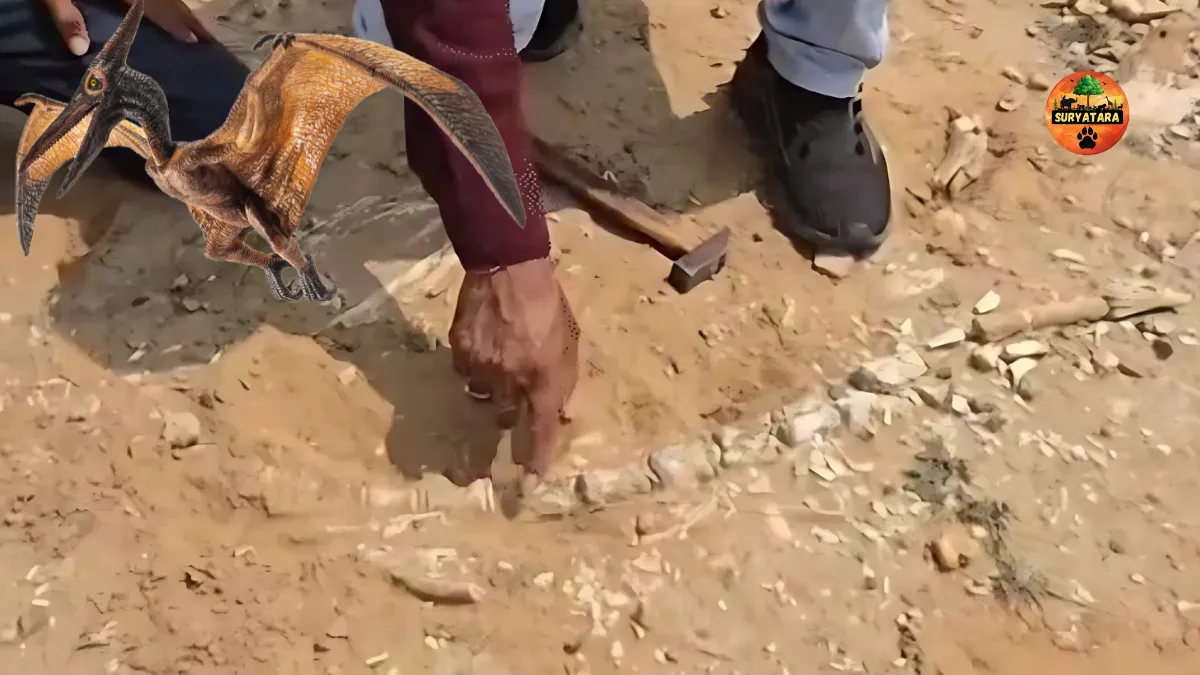Wildlife rescue centers in India play a crucial role in protecting endangered species, providing medical care to injured animals, and rehabilitating wildlife back into their natural habitats. These centers are not just shelters—they are lifelines for animals that fall victim to accidents, poaching, habitat destruction, or human-animal conflict.
India, being one of the world’s top biodiversity hotspots, is home to tigers, elephants, leopards, snakes, turtles, and countless bird species. Unfortunately, rapid urbanization, road networks, and deforestation have increased the number of wildlife casualties. This is where dedicated rescue centers step in to save, treat, and release animals safely.
Importance of Wildlife Rescue Centers in India
Wildlife rescue centers in India act as emergency hospitals for animals in distress. Their primary responsibilities include:
- Rescuing injured or stranded wild animals
- Providing medical treatment and surgery when needed
- Offering shelter and rehabilitation to ensure long-term recovery
- Running awareness programs for local communities
- Assisting the government in tackling illegal wildlife trade
Without these centers, many rescued animals would have no chance of survival.
Famous Wildlife Rescue Centers in India
Several organizations and NGOs across the country have established reliable rescue and rehabilitation centers. Each specializes in saving particular species or responding to region-specific issues.
| Wildlife Rescue Center | Location | Key Focus Area | Notable Work |
|---|---|---|---|
| Wildlife SOS | Uttar Pradesh, Delhi, and Agra | Elephants, bears, reptiles | Famous for rescuing abused elephants and “dancing bears” |
| RESQ Charitable Trust | Pune, Maharashtra | Urban wildlife rescue | Handles thousands of cases annually, including snakes, birds, and mammals |
| Centre for Wildlife Rehabilitation and Conservation (CWRC) | Kaziranga, Assam | Rhino, elephants, and flood-affected animals | Provides care during Assam floods |
| People for Animals (PFA) | Nationwide | Birds, mammals, reptiles | India’s largest animal welfare organization with multiple shelters |
| Madras Crocodile Bank Trust | Chennai, Tamil Nadu | Reptiles, crocodiles, and snakes | Works on reptile conservation and rescue |
| Van Vihar Rescue Center | Bhopal, Madhya Pradesh | Big cats and urban wildlife | Provides lifelong shelter for rescued lions and tigers |
| Green Friends Animal Rescue | Goa | Marine animals and birds | Specializes in stranded dolphins and coastal rescues |
Role of Wildlife Rescue Centers in Human-Wildlife Conflict
With growing urbanization, animals often wander into villages, cities, and farmlands. Leopards in Mumbai’s Sanjay Gandhi National Park, elephants in Assam, or snakes in residential colonies—these encounters can turn deadly if not handled properly.
Wildlife rescue centers in India train teams to respond quickly in such situations. For instance, snake rescue volunteers not only relocate snakes safely but also educate people to reduce fear. Similarly, elephant rescue centers work with forest officials to reduce crop raids while ensuring the animal’s safety.
Government and NGO Collaboration
Most rescue centers collaborate with the Forest Department of India for permissions and support. NGOs like Wildlife SOS, PFA, and WTI (Wildlife Trust of India) play an essential role by providing funds, veterinary expertise, and trained rescuers.
The government’s backing through laws like the Wildlife Protection Act, 1972 ensures that rescued animals are handled ethically and not exploited.
Also read: Wildlife Photo Tours: The Ultimate Guide for Nature and Photography Lovers
How You Can Support Wildlife Rescue Centers in India
Supporting these centers does not always require direct involvement in rescue operations. Ordinary citizens can contribute in many ways:
- Donations: Financial help for medicines, food, and shelter
- Volunteering: Assisting in rescue operations, awareness campaigns, or shelter management
- Reporting: Calling helplines when injured or stranded animals are spotted
- Awareness: Sharing information about ethical wildlife practices to reduce conflicts
Also read: Best Telephoto Lens for Wildlife Photography: Capture Nature Like a Pro
Conclusion
Wildlife rescue centers in India are the unsung heroes of conservation, working tirelessly to save animals from human-caused threats. They combine veterinary science, community awareness, and conservation ethics to give injured and displaced animals a second chance at life.
Whether it’s the rescue of a trapped leopard in a village well, the treatment of an injured eagle, or the rehabilitation of an orphaned elephant calf, these centers remind us of our responsibility toward coexisting with nature.
By supporting and promoting these centers, every citizen can play a small but powerful role in protecting India’s incredible wildlife heritage.
